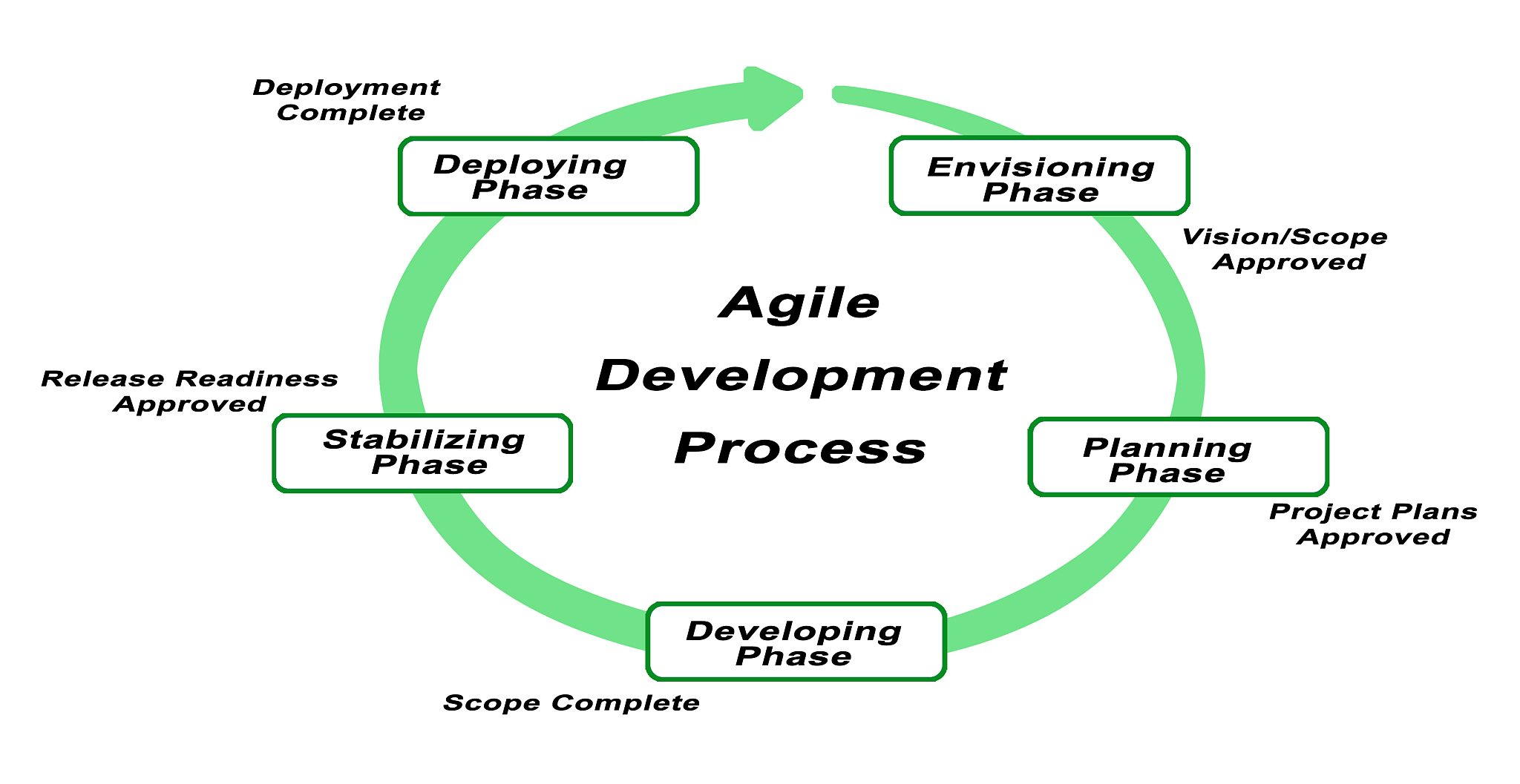Revolutionizing Logistics: How UAVs Are Transforming Supply Chains
Revolutionizing Logistics: How UAVs Are Transforming Supply Chains
Unmanned Aerial Vehicles (UAVs), commonly known as drones, are rapidly transforming the logistics industry. Their ability to navigate complex terrains, reach remote locations, and offer efficient delivery options is revolutionizing how goods and services are moved around the world.
Here's how UAVs are impacting modern supply chains:
-
Increased Efficiency and Speed: Drones can travel faster and more directly than traditional transportation methods, significantly reducing delivery times. They can also operate in challenging environments and navigate obstacles with ease, making them ideal for last-mile delivery and emergency relief efforts.
-
Cost Savings: By optimizing routes and reducing fuel consumption, UAVs offer significant cost savings compared to traditional transportation. This is particularly true for short-distance deliveries and deliveries to remote or inaccessible locations.
-
Enhanced Accessibility: Drones can access areas that are difficult or impossible to reach by land or water. This opens up new possibilities for delivering goods and services to remote communities and underserved areas.
-
Improved Safety: Drones can perform tasks that are dangerous or hazardous for humans, such as aerial inspections or deliveries in high-risk environments. This reduces the risk of accidents and injuries for workers.
-
Data Collection and Analytics: UAVs equipped with sensors and cameras can collect valuable data about infrastructure, inventory levels, and other logistical factors. This data can be used to improve operational efficiency, optimize routes, and identify potential problems.
Applications of UAVs in Logistics:
-
Last-mile Delivery: Drones are increasingly being used for last-mile delivery of packages, food, and other goods, particularly in urban areas where traffic congestion is a major issue.
-
Inventory Management: Drones can be used to track inventory levels, identify discrepancies, and optimize warehouse space.
-
Emergency Relief: Drones can be deployed to deliver essential supplies and medical aid to disaster-affected areas, where traditional transportation is often disrupted.
-
Infrastructure Inspection: Drones can be used to inspect bridges, pipelines, and other infrastructure for damage and maintenance needs.
Challenges and Future Trends:
While the benefits of UAVs in logistics are significant, there are also challenges that need to be addressed. These include regulatory hurdles, airspace management, security concerns, and public perception. As the technology continues to evolve, we can expect to see more sophisticated UAVs with increased payloads, longer flight times, and enhanced autonomy. These advancements will further transform the logistics industry and open up new possibilities for efficient and innovative delivery solutions.
In conclusion, UAVs are playing an increasingly important role in modern logistics. By leveraging their capabilities, businesses can improve efficiency, reduce costs, and enhance their service offerings. As the technology matures and regulatory frameworks evolve, we can expect to see even greater adoption of UAVs across various sectors, revolutionizing the way we move goods and services around the world.

原文地址: https://www.cveoy.top/t/topic/m9dC 著作权归作者所有。请勿转载和采集!